Luxury car manufacturers today are increasingly favoring Mild Hybrid Electric Vehicle (MHEV) and Plug-in Hybrid Electric Vehicle (PHEV) systems over traditional Full Hybrid (HEV) setups, which were popular more than two decades ago. While the reasons behind this shift remain speculative, they likely include the high cost and limited advantages of HEVs, as well as the strong competition from Japanese HEV models that dominate the market.
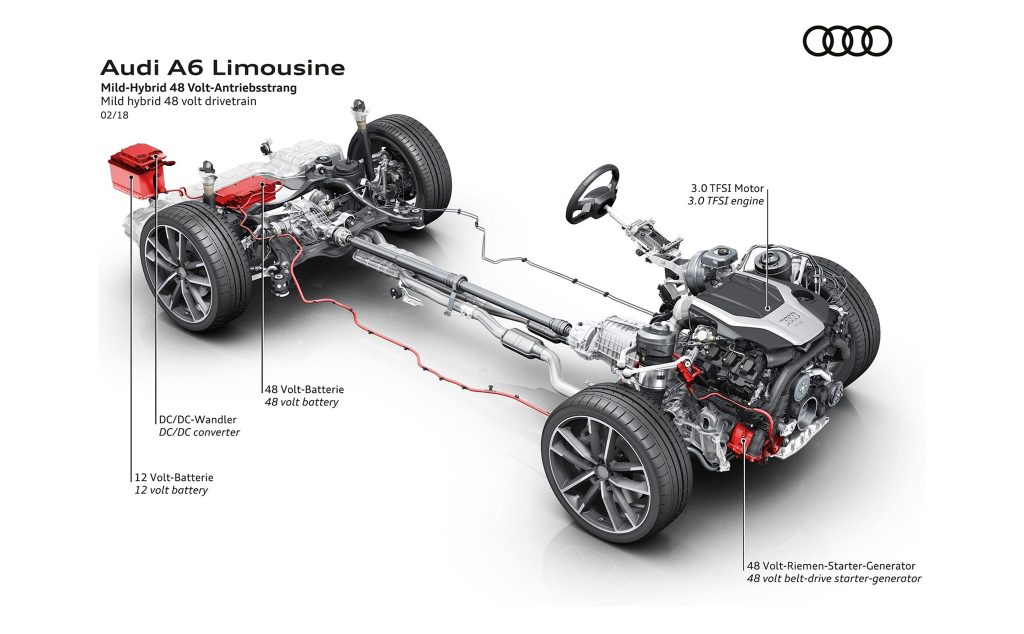
Thanks to their lower cost and simpler design, Mild Hybrid systems are no longer exclusive to high-end vehicles. They’ve begun appearing in mainstream models as well, such as the Suzuki XL7 and other Suzuki offerings.
Mild Hybrids typically use compact battery packs around 1,000 Wh in capacity (a common configuration is 48V 20Ah). Despite their small size, these batteries provide significant benefits at low RPMs and slow speeds—conditions under which traditional engines consume the most fuel. This is especially helpful for large, high-powered European vehicles, which tend to suffer from fuel inefficiency and throttle lag in city driving. MHEV systems help address both issues quite effectively.
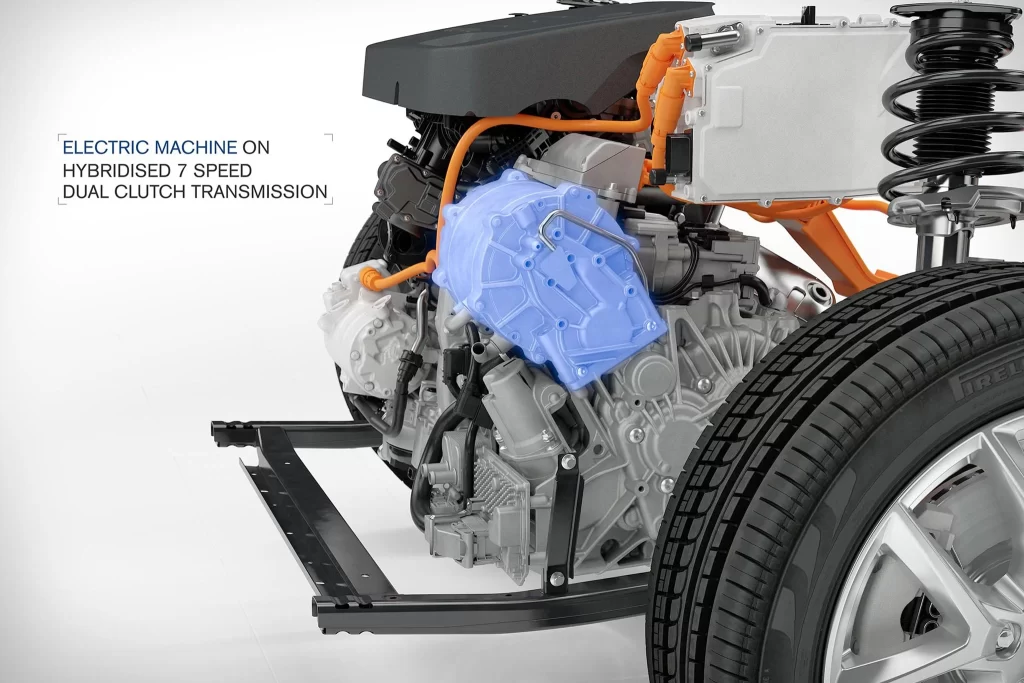
Why Mild Hybrid (MHEV)?
According to automakers adopting this technology, MHEV systems can be easily integrated into existing vehicle platforms. They require relatively low investment yet deliver meaningful improvements in fuel efficiency and emissions reduction, helping brands meet increasingly strict environmental standards—particularly in European markets. In addition, MHEVs allow manufacturers to enhance engine performance without a complete overhaul of the powertrain.
Mild Hybrid Configurations: BSG vs. ISG
Mild Hybrid systems are generally classified into two main types: BSG (Belt Starter Generator) and ISG (Integrated Starter Generator). Each comes with its own set of pros and cons. BSG is the older of the two technologies, while ISG is a more recent development and is gaining popularity.
While Mild Hybrid setups can operate at 12V, the 48V architecture has become the industry standard due to its superior performance and efficiency.
BSG – Belt Starter Generator
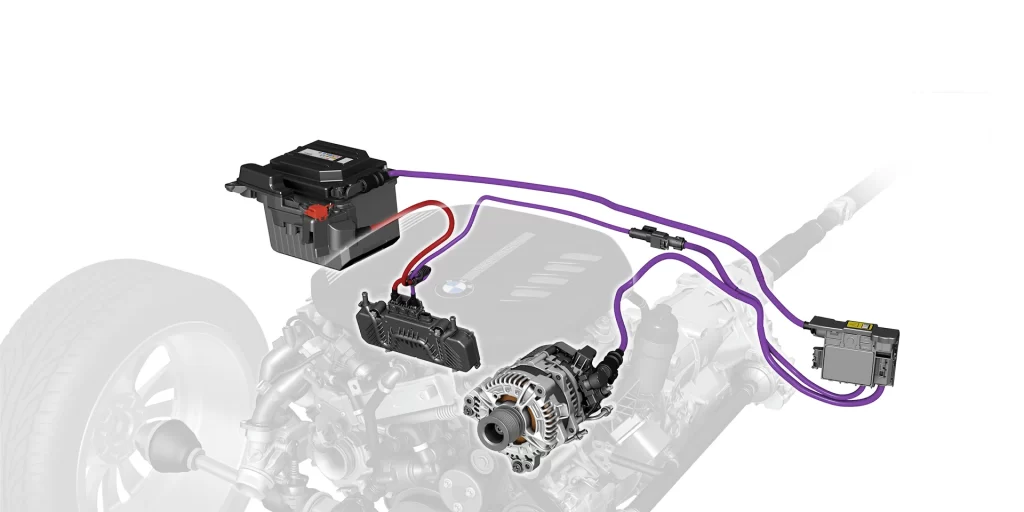
Both BSG and ISG systems combine three key functions into a single electric motor: a generator, a starter motor, and a hybrid drive motor. The main distinction of the BSG lies in its design—the electric motor is mounted externally to the internal combustion engine and is belt-driven rather than integrated directly.
Common Applications:
BSG technology first appeared in luxury vehicles around 2017 with Audi, followed by Mercedes-Benz, BMW, and Volvo between 2018 and 2019.
Advantages:
-
Cost-effective
-
Simple construction
-
Easy to integrate into existing vehicle platforms
Limitations:
Since power is transferred via a belt, BSG systems are not suitable for high-power or high-torque engines. Typically, manufacturers equip BSG systems with motors producing around 10–13 horsepower.
Models Available in Vietnam:
-
Audi A6 (from 2019), later followed by the A4 (12V system)
-
Mercedes-Benz C200 W203 facelift with the M264 engine (marketed as EQ Boost)
-
Suzuki XL7
-
More recently, BSG-equipped powertrains have been introduced in the BMW 5 Series G60 and X3 G45
ISG – Integrated Starter Generator
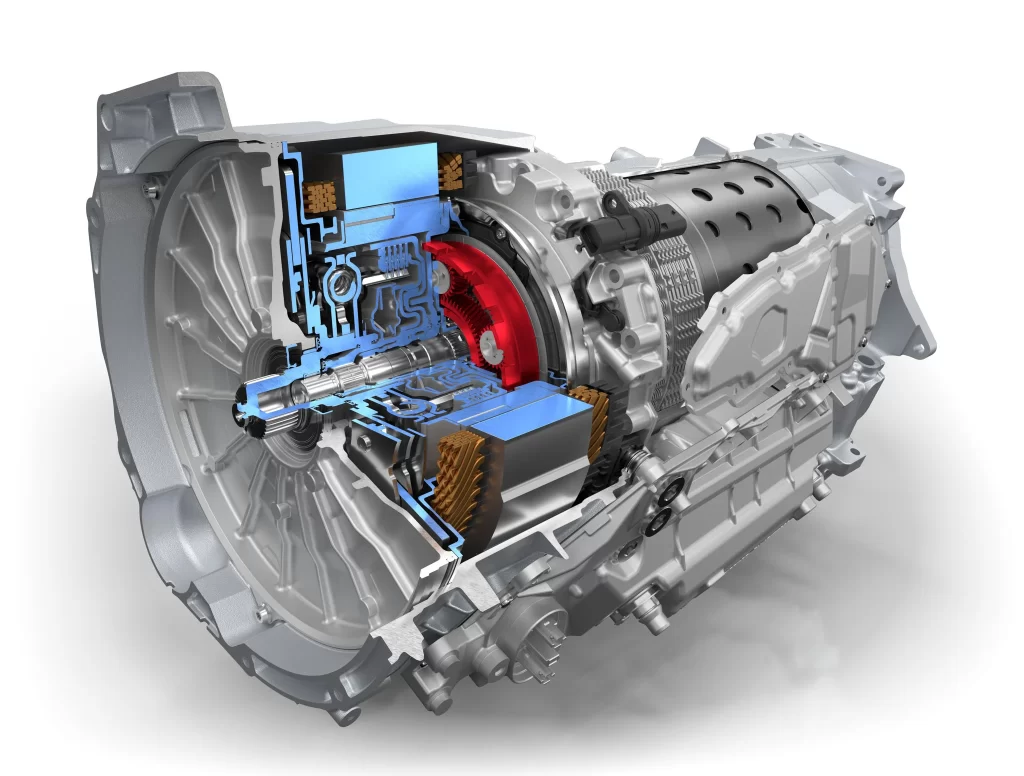
Similar to the Belt-driven Starter Generator (BSG), the Integrated Starter Generator (ISG) also combines three functions into a single electric motor. However, the key difference lies in its design: instead of using a belt drive, the ISG motor is typically integrated directly within the transmission or mounted on the engine’s crankshaft output, allowing for a more compact and efficient setup.
Applications:
Since 2017, several Mercedes-Benz and Audi models with 6- and 8-cylinder engines have adopted ISG technology. Notable examples include the Mercedes-Benz GLE equipped with the M256 engine (introduced in Vietnam in 2019) and the Audi A7 and A8 models powered by EA839 or EA825 engines.
BMW began implementing ISG systems around mid-2020 in its 6- and 8-cylinder models and expanded usage to 2.0L engine models starting in 2021.
Advantages:
-
ISG motors can be configured with a wide range of power outputs, from low to high, making them suitable even for plug-in hybrid vehicles with electric motors producing up to 197 horsepower or more.
-
Offers smoother and more responsive operation compared to BSG systems, with reduced lag.
Disadvantages:
-
The technology is more advanced and complex, resulting in higher production costs.
-
Often integrated within the transmission housing (typically the bell housing or torque converter area), requiring significant redesign of the gearbox—adding to both cost and engineering complexity.
Available models in Vietnam:
-
2.0L engines: Mercedes-Benz C-Class W206, Subaru models with e-Boxer engines.
-
3.0L engines: BMW X5 G05 LCI, X7 G07 LCI, 7 Series G70, Audi A7 and A8, and various Mercedes-Benz models equipped with inline 6-cylinder engines.
Suitability for the Market
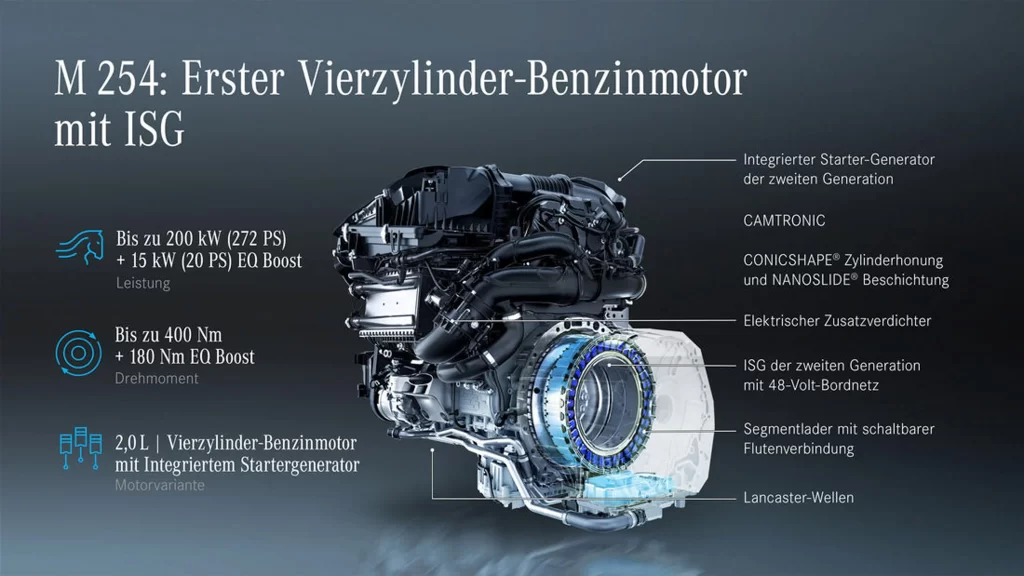
While ISG technology is newer and more advanced, the suitability of each type of technology varies across markets—especially in developing markets like Vietnam. Automotive brands often take a practical, market-specific approach when deciding what features and powertrains to offer in such regions. As a result, whether a vehicle is equipped with a BSG or ISG system, the difference is generally not a major concern for consumers compared to the vehicle’s overall price.
Assessing market suitability is a key consideration for major car manufacturers. For instance, many brands choose not to offer larger, more visually appealing wheels, believing that Vietnam’s road conditions may not be ideal for them—potentially leading to customer dissatisfaction. Similarly, advanced driver assistance systems (ADAS) are often limited or excluded due to high costs and limited practicality in local traffic conditions, making it harder for brands to stay competitive on pricing.